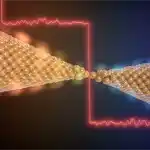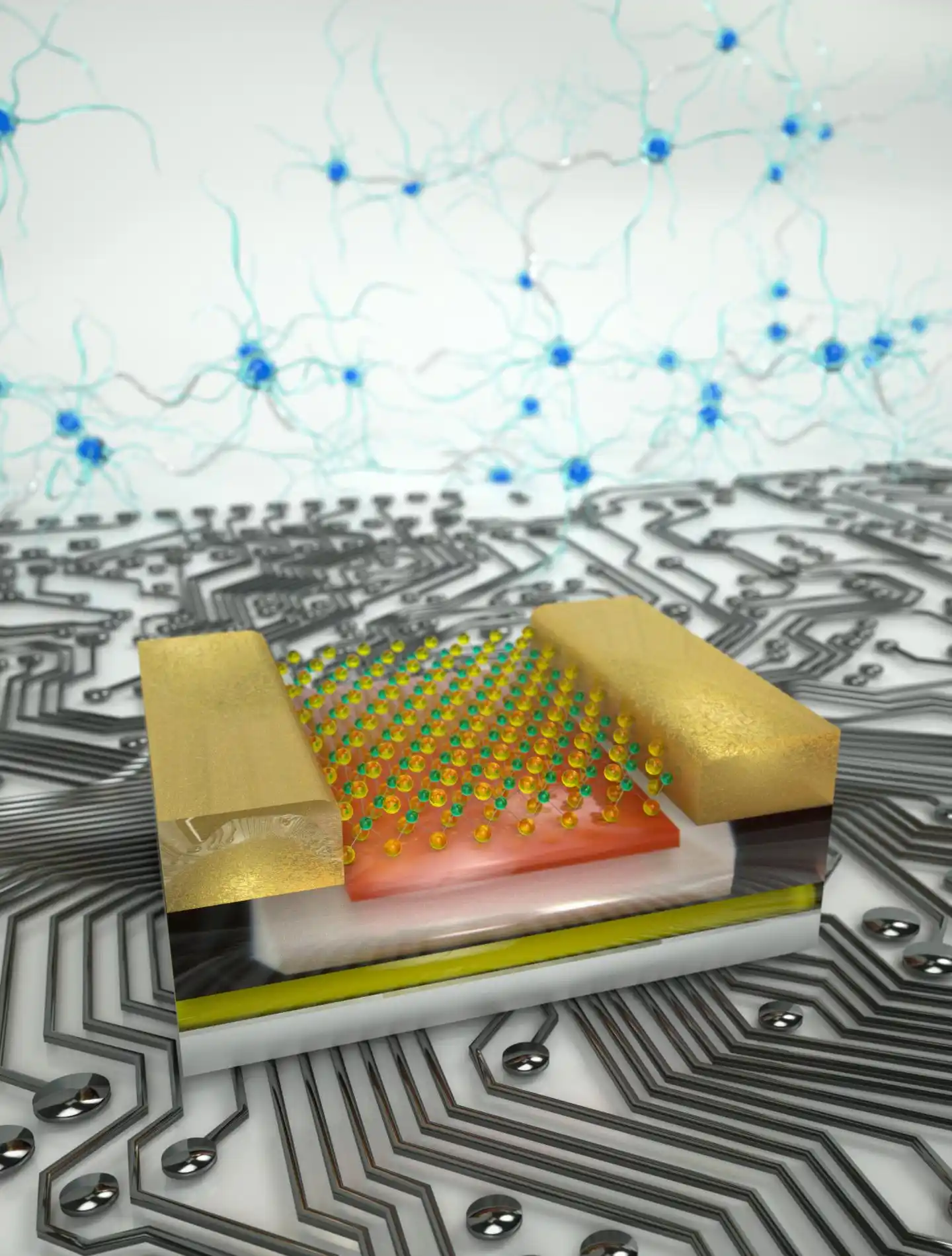افشین رشید
اُستادیار ؛ عضو هیات علمی دانشگاه آزاد اسلامی واحد علوم و تحقیقات تهران
621 یادداشت منتشر شدهExploring The Nanoelectronics Model (Plasmonic Waves), Electromagnetic Waves and Conduction Electrons

Note : These nanostructures consist of metal and dielectric, whose dimensions are below the excitation wavelength (the wavelength of the radiation that excites the plasmonic waves).
Further compaction of the structure of electronic devices and equipment with the help of plasmonics science has led to the study and use of plasmonic structures and plasmonic waves. Plasmonics is based on the interaction process between electromagnetic waves and conduction electrons in metals with nano-sized dimensions. Analytically, the reason for the rapid energy loss of electrons when passing through metals is the result of this energy being spent on the cumulative and oscillatory motion of free electrons in the metal, which he called plasmon. With the technological approach towards the accumulation of optical electronic circuits, the problems of manufacturing and the phenomena that helped prevent further compaction of the structure have led to the study and use of plasmonic structures and plasmonic waves. These nanostructures consist of metal and dielectric, whose dimensions are below the excitation wavelength (the wavelength of the radiation that excites the plasmonic waves).

In electronic sciences, the topic of nano is centered around (nano memories; nanochips and fast nanochips and nanoelectronic components) with less weight and more efficiency. Nanotechnology is the science, engineering and technology at the nanoscale or in other words, the study of the application of very small objects and their use in all fields of science such as chemistry, biology, electronics; materials science and engineering. The history of nanotechnology describes the development of concepts and experimental work carried out in the field of nanotechnology. Although nanotechnology is one of the recent advances in scientific research, the development of its fundamental concepts has occurred over a long period. Various types of nanotechnologies, such as further compaction of the structure of electronic devices and appliances, etc., cannot cope with all the practical demands of industrial applications in terms of high resolution, high power, low cost, large area and patterns on non-flat and curved surfaces. Therefore, new high-volume nanoproduction technology is in dire need of exploitation and development to meet the extraordinary needs of growing markets.
Conclusion :
The further compaction of electronic devices and devices with the help of plasmonics has led to the study and use of plasmonic structures and plasmonic waves. These nanostructures consist of metal and dielectric whose dimensions are below the excitation wavelength (the wavelength of the radiation that excites the plasmonic waves).
(Nanoelectronics_Plasmonic) Study of The Architectural Optimization Model of Multi-Element and Multi-Traditional Nano-Optical Circuits Using Optical Behavior
_ Nanoplasmonics and Nanoelectronics Model Section Nanoplasmonics and Non-diffusive Excitation of Nano Conduction Band Electrons